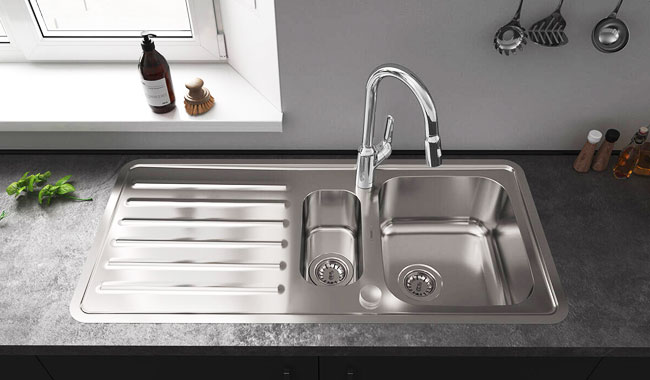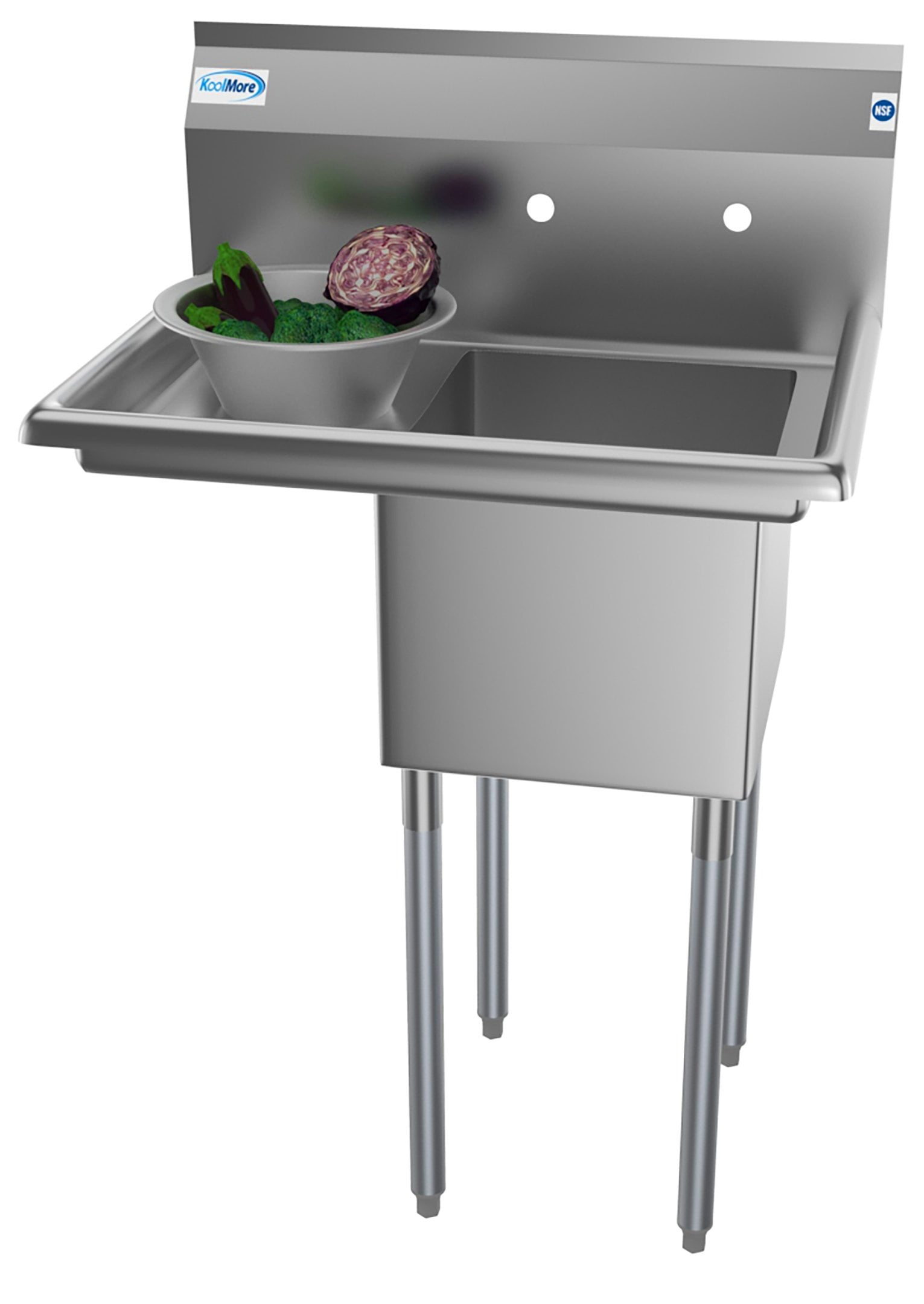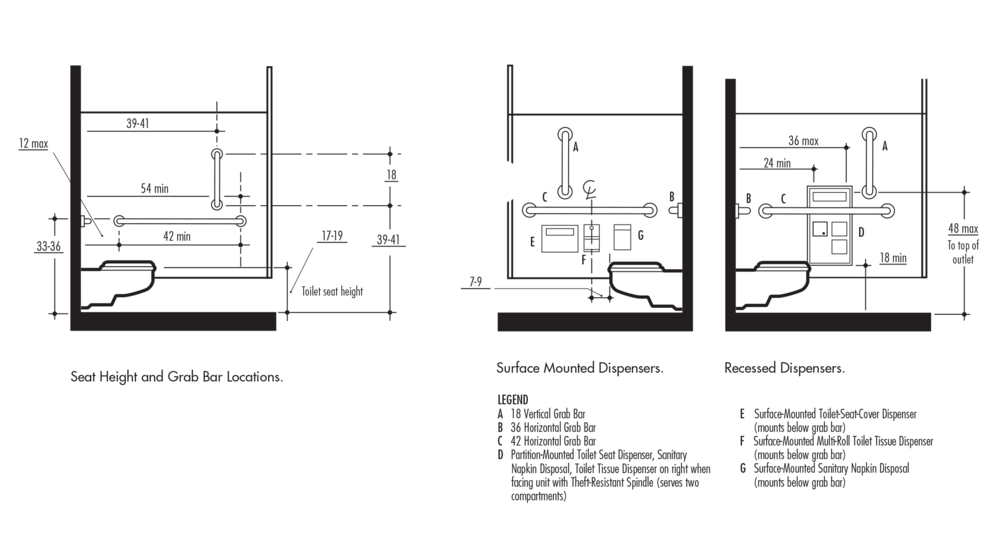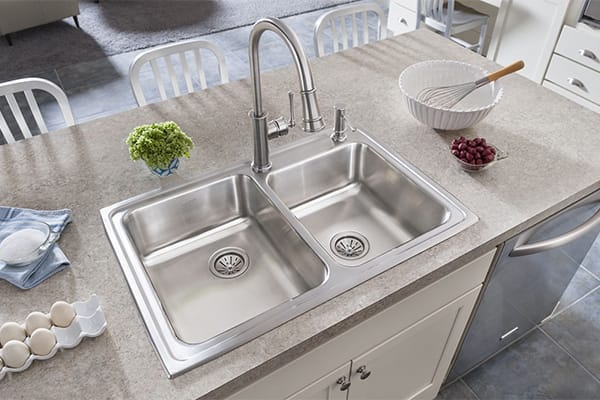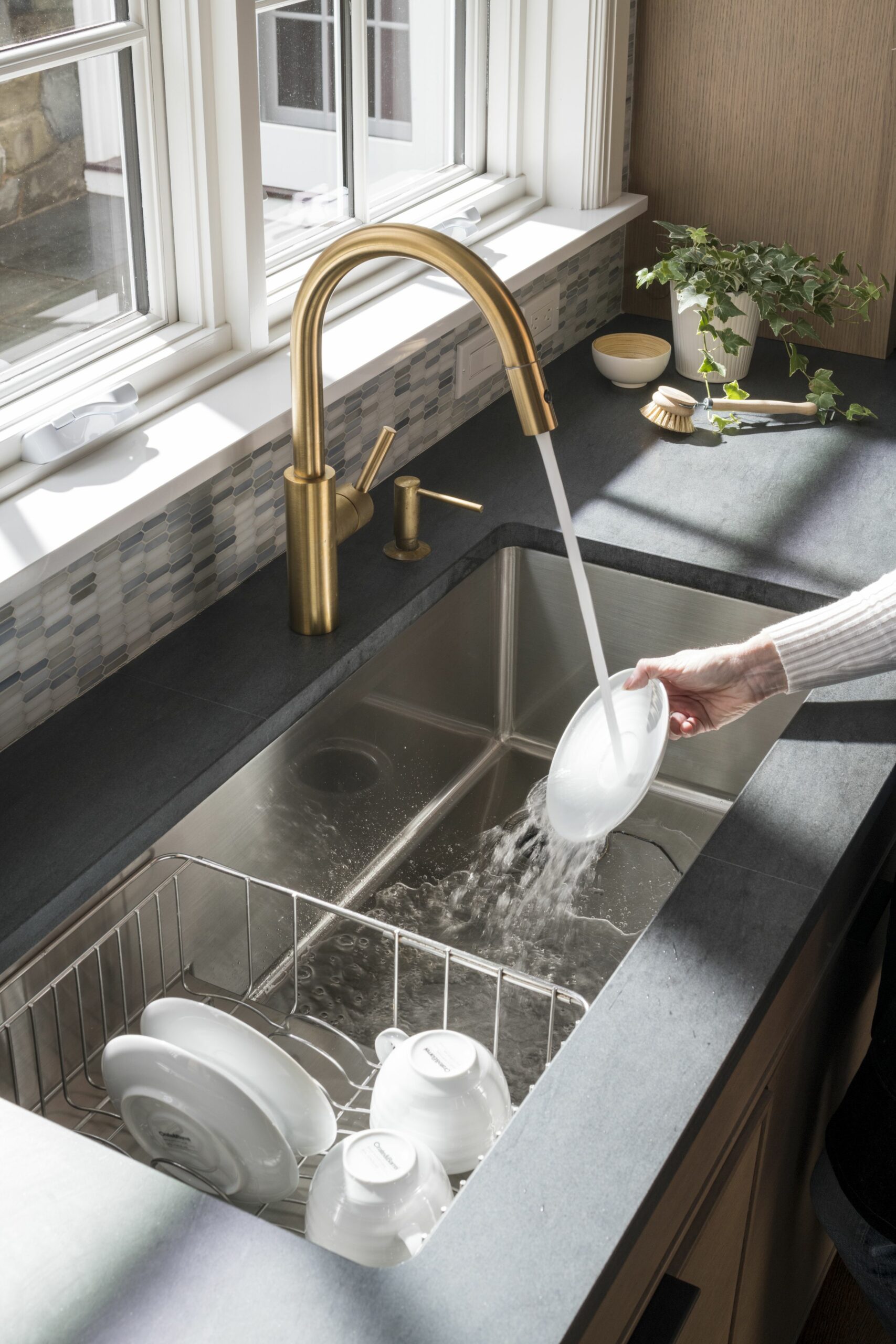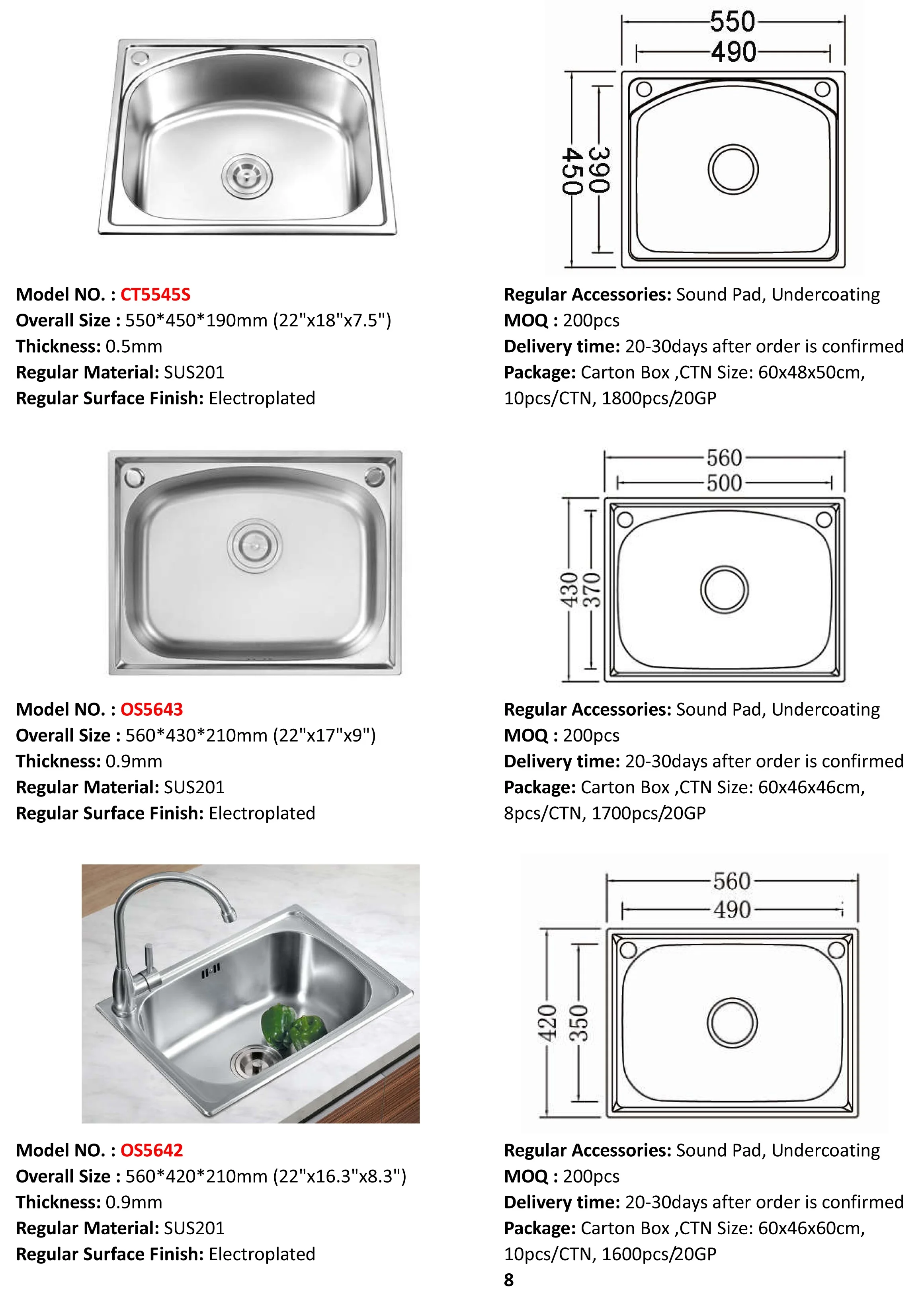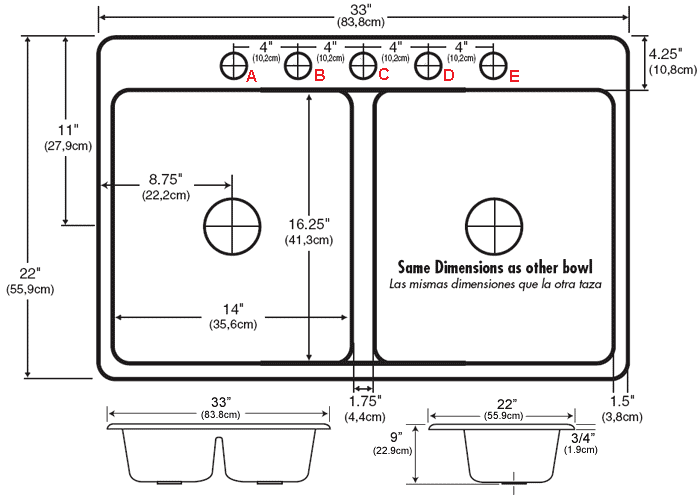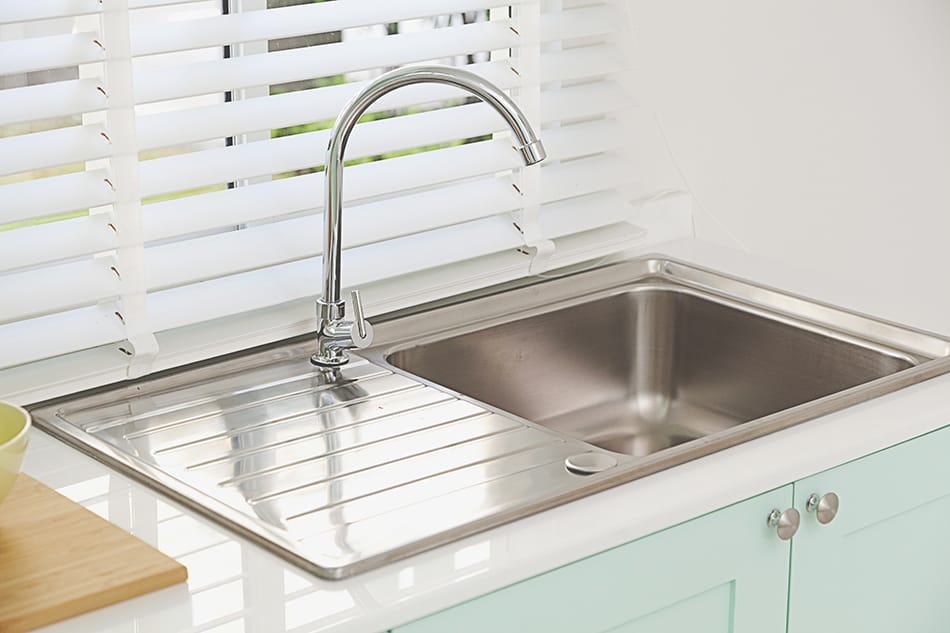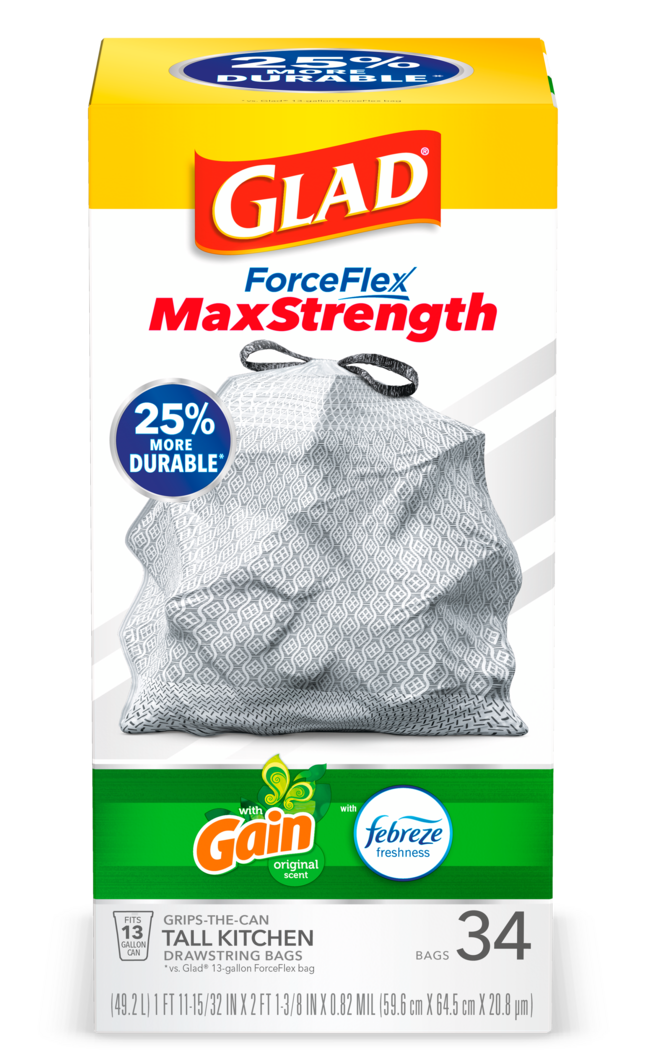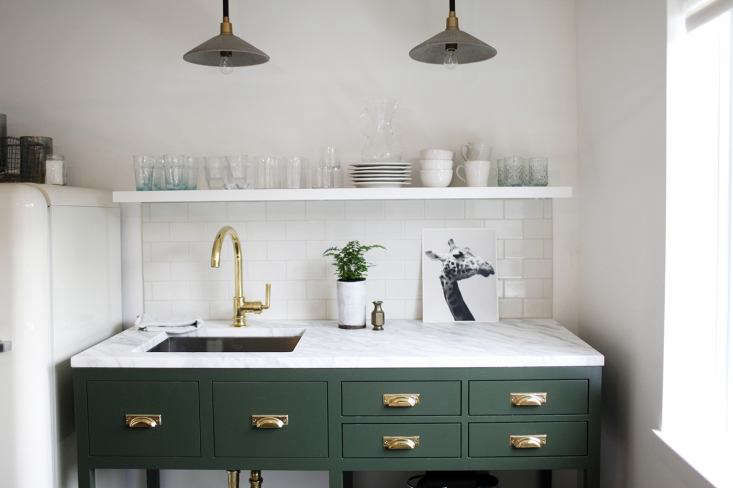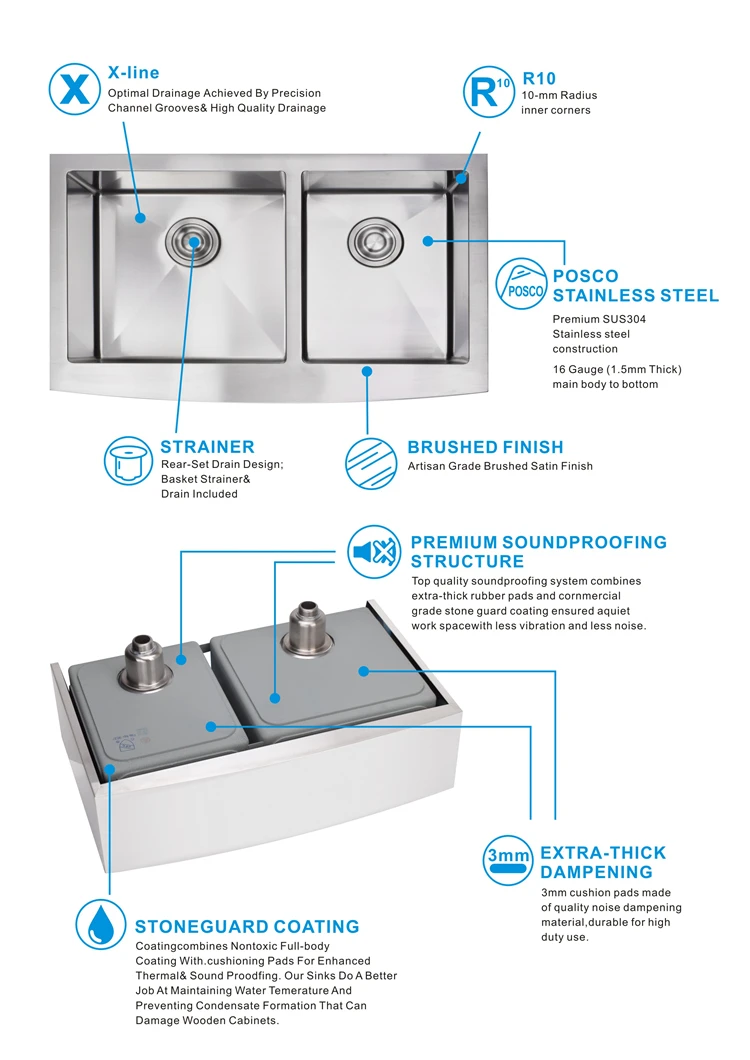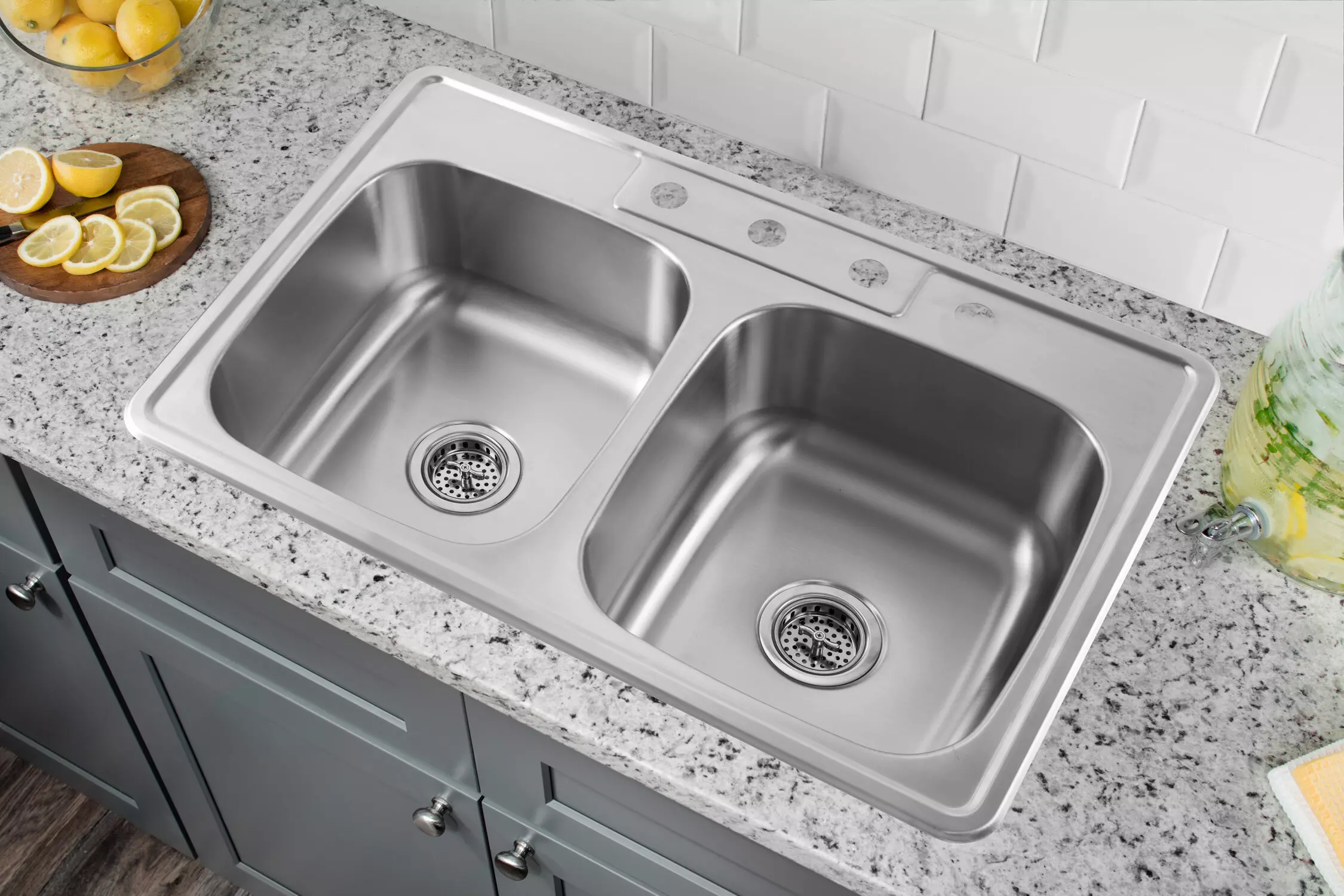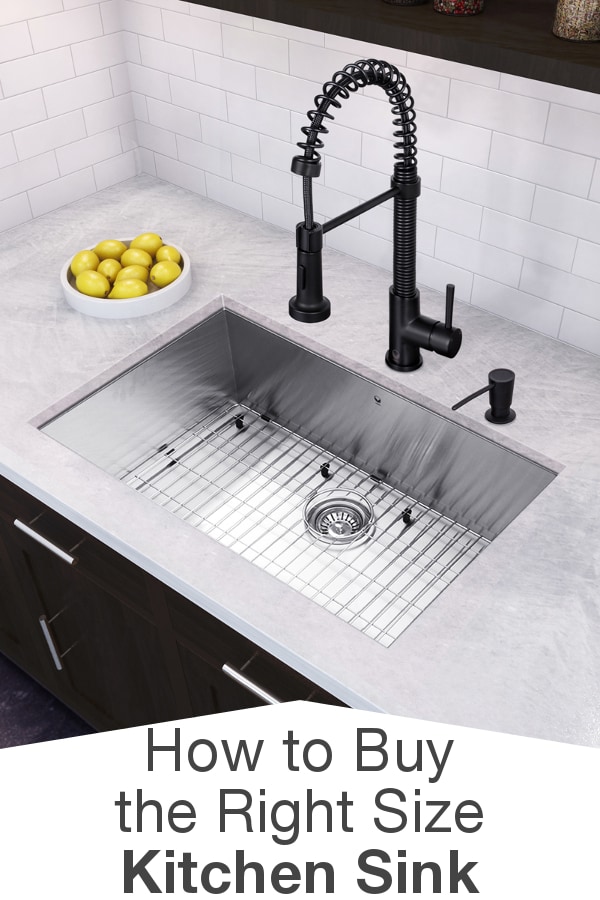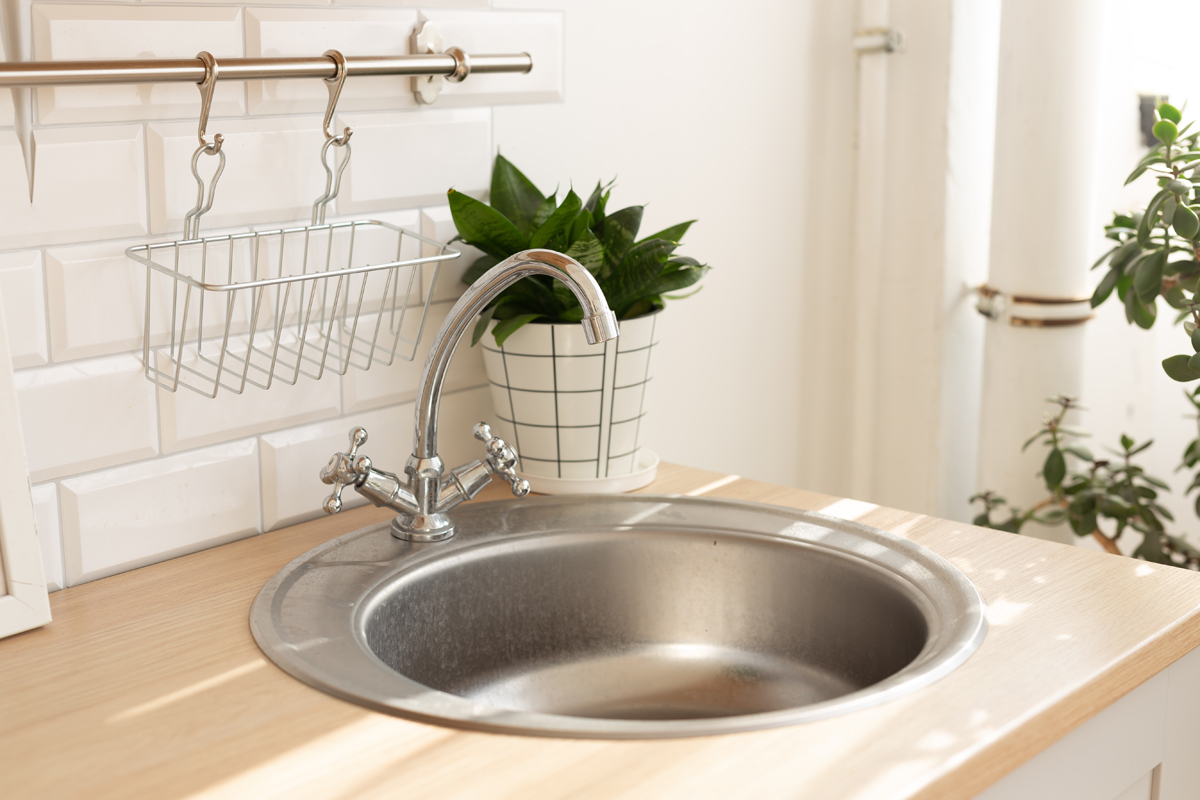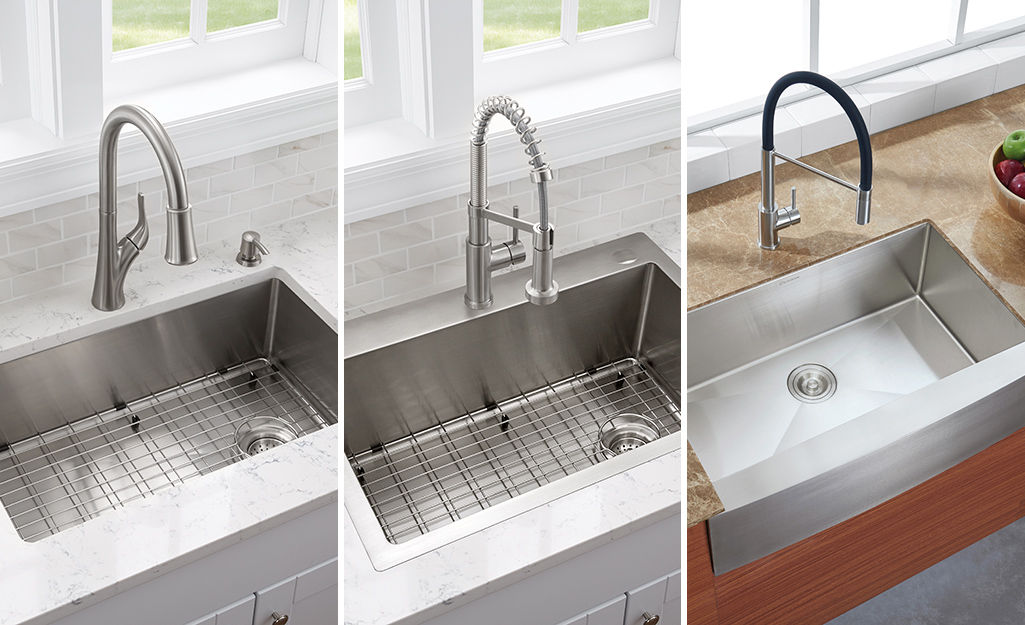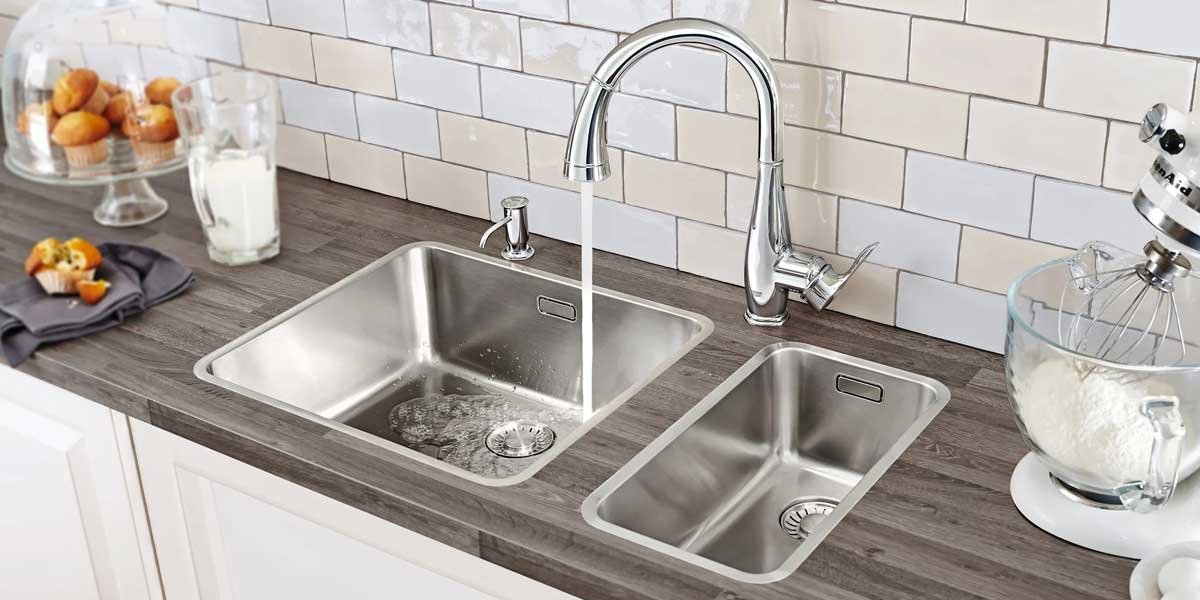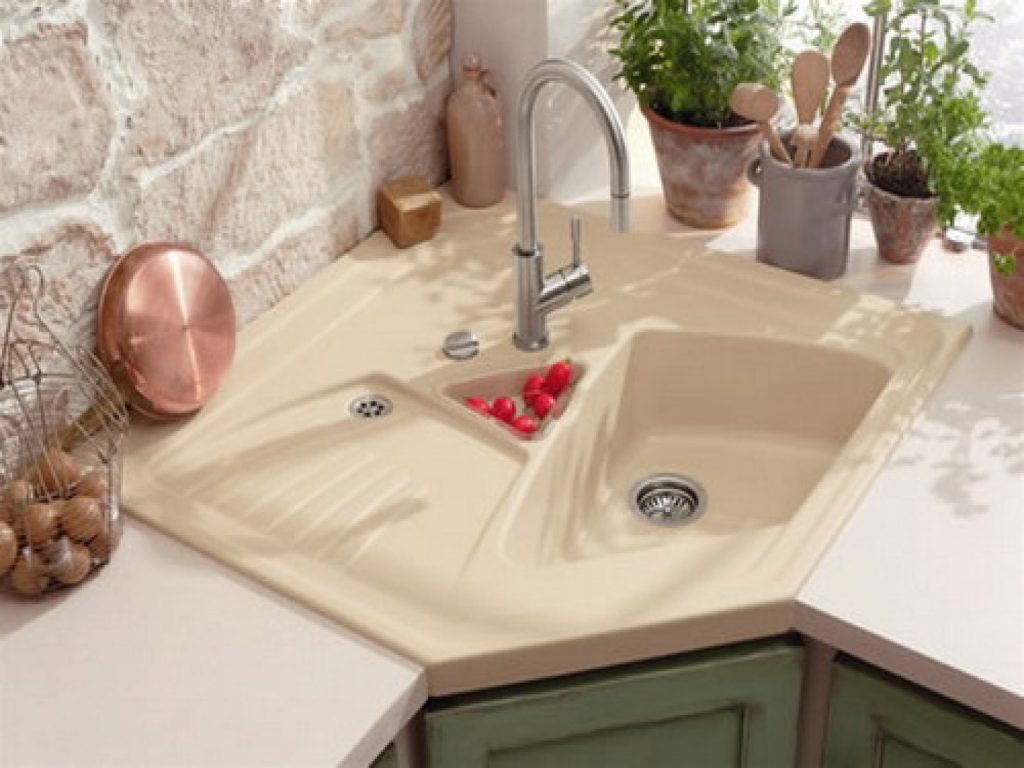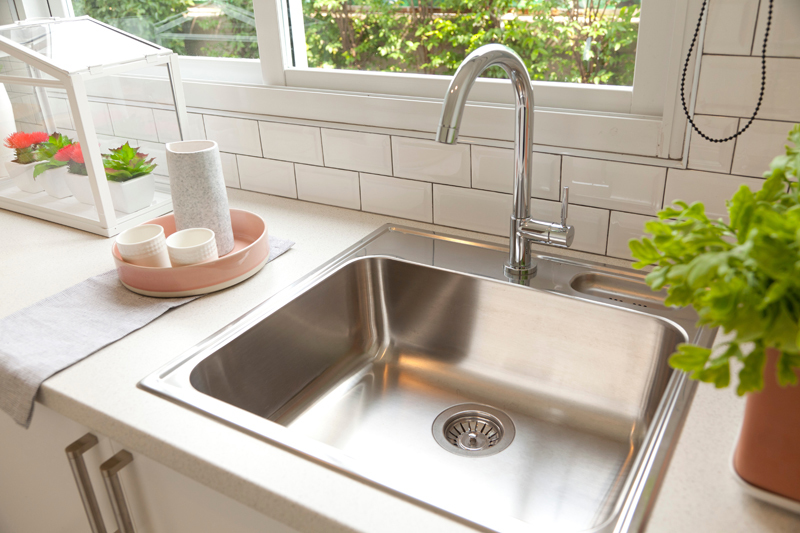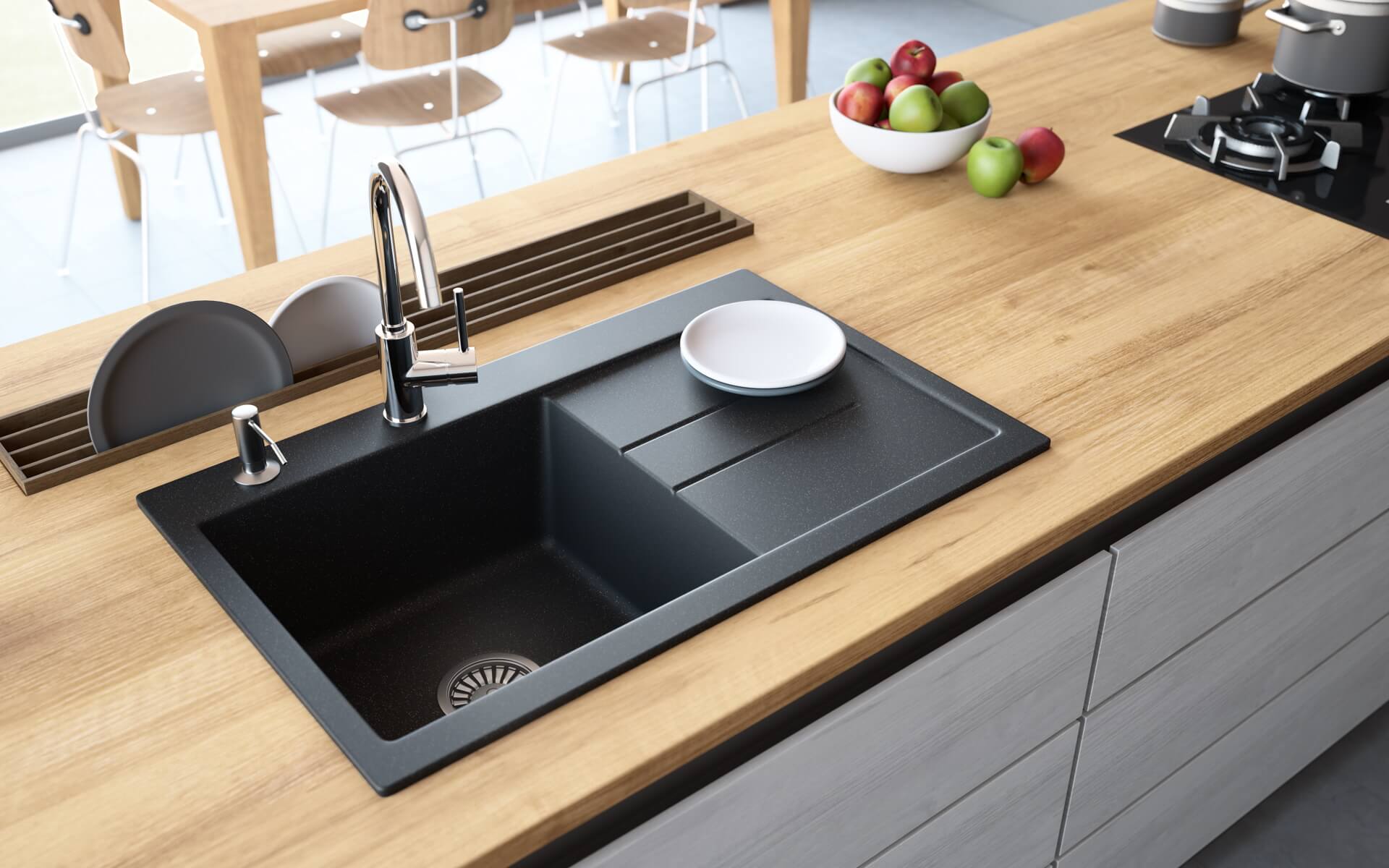When it comes to designing your dream kitchen, every detail matters. From the color of the cabinets to the type of countertops, every decision plays a role in creating a functional and beautiful space. One important aspect that is often overlooked is the size of the kitchen sink. While it may not seem like a big deal, the size of your kitchen sink can greatly impact the functionality of your kitchen. That’s why it’s important to understand the standard sizes and minimum requirements for kitchen sinks before making a purchase. Kitchen sink sizes can vary depending on the type and brand, but there are some standard sizes that are most commonly used. These sizes are designed to fit most kitchen layouts and provide enough space for everyday use.1. Standard Kitchen Sink Sizes: The Right Choice for Your Kitchen
The minimum size requirement for a kitchen sink is determined by the number of bowls it has. The standard size for a single bowl kitchen sink is 22 inches by 24 inches, while the standard size for a double bowl kitchen sink is 33 inches by 22 inches. However, it’s important to note that these are just the minimum requirements. It’s always a good idea to go a bit bigger if you have the space to do so. This will give you more room for washing dishes and preparing food. Choosing the right size for your kitchen sink is crucial for ensuring that it meets your daily needs and fits seamlessly into your kitchen layout. 2. Minimum Size Requirements for Kitchen Sinks
There are a few factors to consider when determining the minimum size for a kitchen sink. First, you need to think about the size of your kitchen cabinets. The sink should be able to fit comfortably into the space without being too small or too large. Next, think about the size of your dishes and how much space you typically need for washing them. If you have larger pots and pans, you may need a deeper sink or a larger single bowl sink. Lastly, consider your countertop space. You want to make sure that the sink is not too close to the edge of the countertop, which can make it difficult to use. It’s recommended to have at least 2 inches of countertop space on either side of the sink.3. How to Determine the Minimum Size for a Kitchen Sink
Kitchen sink dimensions refer to the length, width, and depth of the sink. The length and width are measured from the outer edges, while the depth is measured from the bottom of the sink to the rim. These dimensions can vary depending on the type of sink you choose. The most common kitchen sink sizes are 30 inches (length) by 22 inches (width) and 33 inches (length) by 22 inches (width). These sizes are designed to fit into a standard 36-inch cabinet, but there are also smaller and larger options available. Single bowl sinks typically range from 25-36 inches in length, 18-25 inches in width, and 8-10 inches in depth. Double bowl sinks are usually 33 inches in length, 22 inches in width, and 8-10 inches in depth.4. Understanding Kitchen Sink Dimensions
When it comes to choosing the right size kitchen sink, it’s important to think about your personal needs and preferences. If you have a small kitchen, a smaller sink may be the best option to maximize your counter space. However, if you have a large family or love to entertain, a larger sink may be more practical. Another thing to consider is the type of material you want for your sink. Some materials, such as granite or fireclay, may have thicker walls and take up more space in the cabinet. It’s important to keep this in mind when measuring for your sink.5. Choosing the Right Size Kitchen Sink for Your Home
The standard size of a kitchen sink can vary, but the most common size is 33 inches (length) by 22 inches (width). This size is standard because it fits comfortably into a 36-inch cabinet, which is the most common size for kitchen cabinets. The standard depth for kitchen sinks is 8-10 inches, but this can also vary depending on the material and type of sink you choose. It’s important to measure the depth of your sink before purchasing to ensure it will fit your needs.6. What is the Standard Size of a Kitchen Sink?
As mentioned earlier, the minimum size requirement for a double kitchen sink is 33 inches by 22 inches. However, it’s recommended to go larger if you have the space to do so. A larger double sink can provide more room for washing and rinsing dishes, making it a more practical choice for larger households. When measuring for a double kitchen sink, you also need to consider the space between the two bowls. The average distance between the bowls is 4 inches, but it’s always a good idea to measure to ensure a proper fit.7. Minimum Size Requirements for a Double Kitchen Sink
Measuring for a kitchen sink is a simple process that can be done in just a few steps. First, measure the length and width of the cabinet where the sink will be installed. Then, measure the distance from the edge of the cabinet to the wall behind it. Next, measure the depth of the cabinet from the bottom to the top of the cabinet door. This will give you an idea of how much space you have to work with for the depth of the sink. Lastly, it’s important to consider the placement of the sink in relation to other fixtures in your kitchen, such as the stove and refrigerator. You want to make sure there is enough space for all of these elements to function properly.8. How to Measure for a Kitchen Sink
Having a properly sized kitchen sink is crucial for the functionality and efficiency of your kitchen. If the sink is too small, it can make washing and rinsing dishes a difficult task. On the other hand, a sink that is too large can take up valuable counter space and make it hard to reach items in the back of the sink. By carefully measuring and choosing the right size sink for your kitchen, you can ensure that it meets your needs and complements your kitchen design.9. The Importance of Properly Sized Kitchen Sinks
Here are a few final tips to keep in mind when choosing the perfect size kitchen sink:10. Tips for Choosing the Perfect Size Kitchen Sink
Why the Minimum Size of Your Kitchen Sink Matters in House Design

The Importance of Kitchen Design
 When it comes to designing a house, the kitchen is often considered the heart of the home. It is where meals are prepared, families gather, and memories are made. As such, the design of the kitchen is crucial in creating a functional and inviting space. From the layout to the materials used, every aspect of the kitchen must be carefully considered. One often overlooked element of kitchen design is the
size of the kitchen sink
. While it may seem like a small detail, the minimum size of your kitchen sink can have a big impact on the overall design and functionality of your kitchen.
When it comes to designing a house, the kitchen is often considered the heart of the home. It is where meals are prepared, families gather, and memories are made. As such, the design of the kitchen is crucial in creating a functional and inviting space. From the layout to the materials used, every aspect of the kitchen must be carefully considered. One often overlooked element of kitchen design is the
size of the kitchen sink
. While it may seem like a small detail, the minimum size of your kitchen sink can have a big impact on the overall design and functionality of your kitchen.
The Standard Size of a Kitchen Sink
Factors to Consider in Determining the Size of Your Kitchen Sink
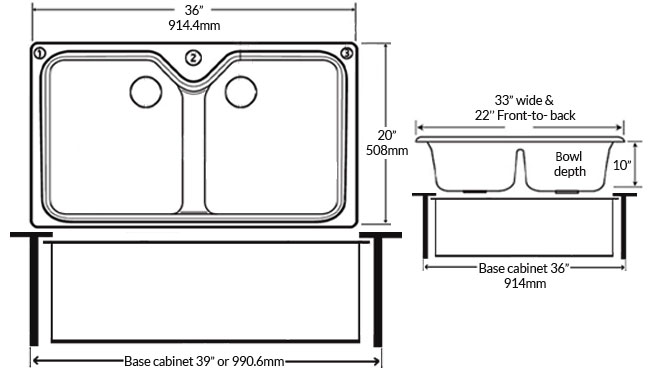 Space:
The size of your kitchen sink should be proportionate to the size of your kitchen. If you have a small kitchen, a larger sink may overwhelm the space and make it feel cramped. On the other hand, a large kitchen can accommodate a bigger sink without looking out of place.
Usage:
Consider how you will be using your kitchen sink. If you frequently cook and entertain, a larger sink may be necessary to handle the dishes and prep work. If you primarily use your sink for washing hands and the occasional dish, a smaller sink may suffice.
Number of People:
If you have a large family or often have guests over, a larger sink may be more practical. This will allow for more dishes to be washed at once and minimize the need for constant cleaning.
Space:
The size of your kitchen sink should be proportionate to the size of your kitchen. If you have a small kitchen, a larger sink may overwhelm the space and make it feel cramped. On the other hand, a large kitchen can accommodate a bigger sink without looking out of place.
Usage:
Consider how you will be using your kitchen sink. If you frequently cook and entertain, a larger sink may be necessary to handle the dishes and prep work. If you primarily use your sink for washing hands and the occasional dish, a smaller sink may suffice.
Number of People:
If you have a large family or often have guests over, a larger sink may be more practical. This will allow for more dishes to be washed at once and minimize the need for constant cleaning.
The Benefits of a Larger Sink
 While the minimum size of a kitchen sink may be sufficient for some, there are several benefits to opting for a larger sink. A larger sink allows for more workspace, making it easier to wash and prep food. It also provides more room for washing larger dishes and pots. Additionally, a larger sink can add a touch of luxury to your kitchen and make it feel more high-end.
While the minimum size of a kitchen sink may be sufficient for some, there are several benefits to opting for a larger sink. A larger sink allows for more workspace, making it easier to wash and prep food. It also provides more room for washing larger dishes and pots. Additionally, a larger sink can add a touch of luxury to your kitchen and make it feel more high-end.





